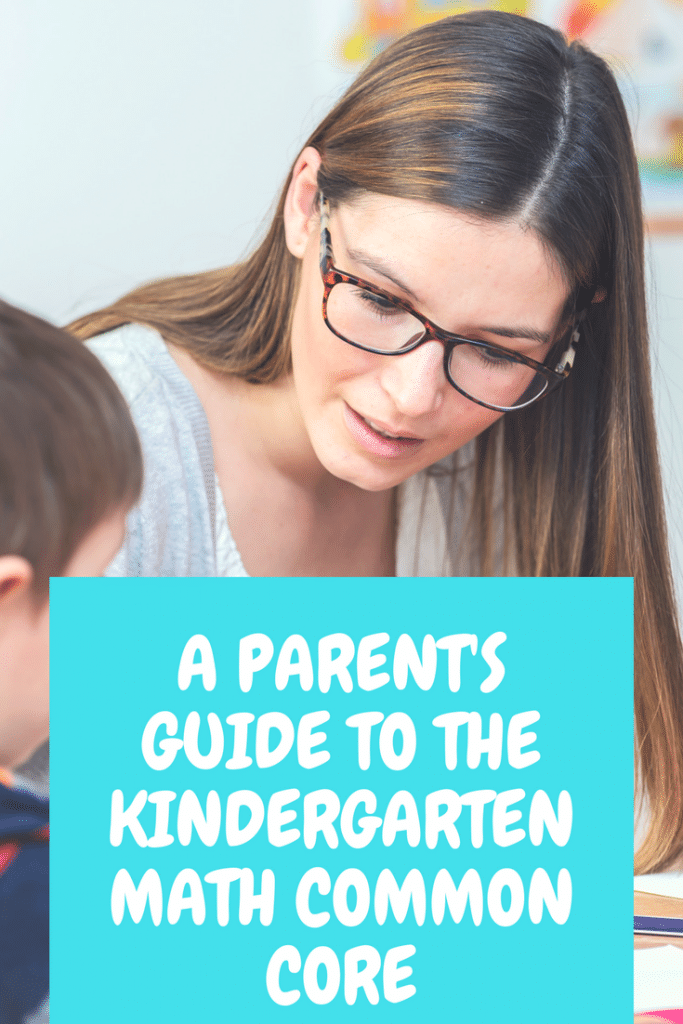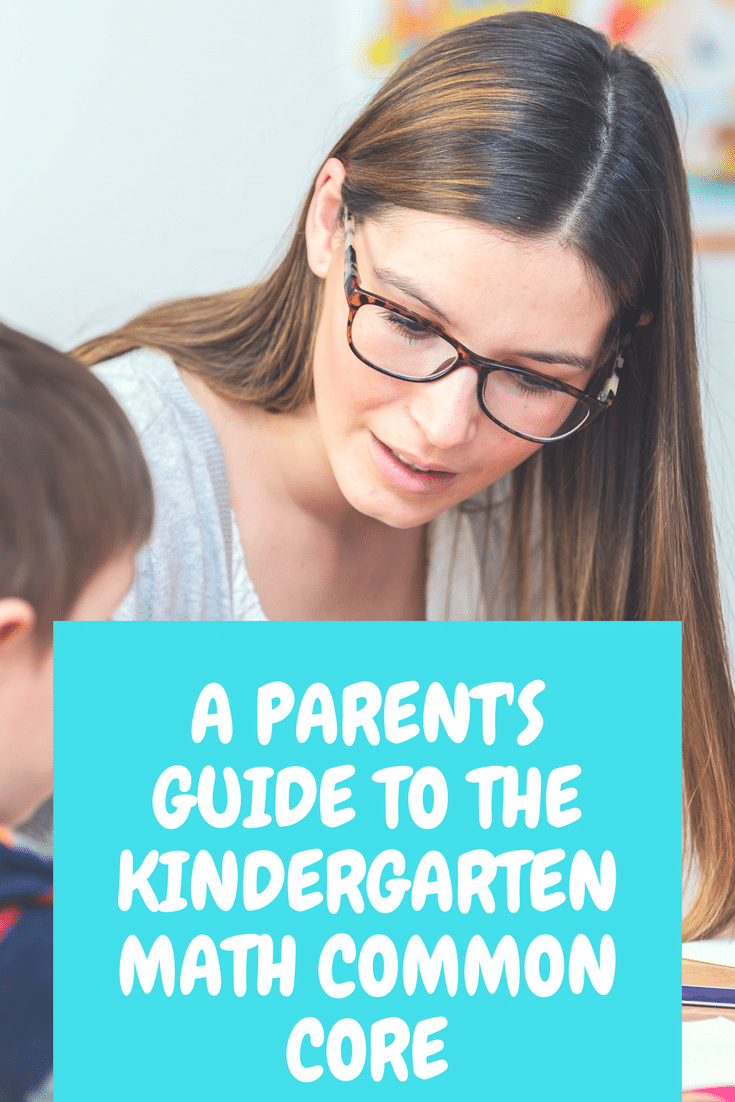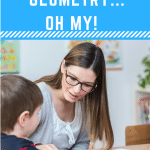You may have already heard about Common Core. In fact, your student may already be involved with the Common Core Standards. So, as a kindergarten parent, what do you need to know? What will your student be taught? And, what can you do to prepare your student prior to kindergarten?
Just to clarify, the Common Core Standards are “designed to be robust and relevant to the real world, reflecting the knowledge and skills that our young people need for success in college and careers” (retrieved from www.corestandards.org). The argument made by many teachers for a long time was that their current curriculum was a mile-wide and an inch-deep. That is covering a wide range of topics with such a limited time to teach them that students were very rarely mastering any of the content. Common Core is designed to rectify those issues by providing standards that are clear to students, parents, and teachers that will allow for a much deeper conceptual understanding of the contents in both mathematics and reading.
In Kindergarten, there are five major domains what are covered. They include the following: Counting and Cardinality, Operations & Algebraic Thinking, Number & Operations in Base Ten, Measurement & Data, and Geometry. Each of these domains is broken down into individual standards that determine the depth of how each domain will be covered. Let’s begin with Counting and Cardinality.
In the Counting and Cardinality domain, kindergarten students are expected to be able to count to 100 by the end of the year. They should be able to write the numbers 0-20, compare numbers 1-10, begin counting forward from any number (within 100), represent numbers 0-20, and count in arrays, circles, and scattered representations of numbers to 20. These six standards represent what will be taught under that domain. Each individual district will determine how these will be paced out over time and the individual teacher is tasked with implementing the teaching practices that will allow students to master these concepts. That is, under the standard “represent numbers 0-20,” a kindergarten teacher may write the number 15 on the board and ask students to show how they would represent 15 pencils. The teacher is assessing the students’ visual knowledge of the number 15, the student’s representation of that number, as well as the student auditory sense of that number.
One student may draw 3 groups of 5 pencils (a rectangular array). While another student may simply draw out 15 lines to represent pencils. However, a student not quite yet mastering this standard may represent only 6 pencils. That is, they may draw 1 (from the 1 in the ten’s place) and then 5 pencils (from the 5 in the one’s place). This student does not yet understand the place value of 1 in the tens place representing 10 instead of 1. Yet, another student may draw only 3 circles. When asked how this represents the number 15, the student may reply that each circle represents 5 pencils. This student clearly has an understanding of the standard and an understanding of “bundling,” a first-grade concept. So it is very important for both teachers and parents to provide students an opportunity to demonstrate their own understanding and ask them to explain their thinking, rather than asking students to do something “your way.”
In Operations & Algebraic Thinking, kindergarten students begin understanding basic concepts of addition and subtraction within 10. They should begin to grasp the concept that when adding, numbers get larger, and when subtracting, numbers get smaller. They should be able to compose and decompose numbers within 10 as well. That is, be able to demonstrate that 1 + 9 = 10, as well as 6 + 4 = 10. Students may be asked to do this with drawings, words, numbers, or other representations provided for by the teaching such as Unifix cubes. It is important to begin building the concepts here that the equal sign simply means “the same as” and propose scenarios to students such as 10 = 3 + 7. Switching the position of the equals sign and understanding the balance that exists is the foundational understanding of the algebraic thinking that falls under this standard. Students continue to do this with numbers up to 19 in the Number & Operations in Base Ten domain.
Under the Measurement & Data domain, kindergarten students begin to describe length and weight and should be able to compare and contrast the two. They begin to classify objects into categories with similar attributes and compare two objects with measurable attributes. That is, kindergarten students should begin to understand that we use words to describe attributes of objects such as tall, short, heavy, light, etc. They should be able to describe objects based on available information as well as use objects (paper clips, pencils) to determine which object may be longer than another. Students will begin to understand the purpose and use of a ruler, tape measure, balance, and/or a scale during these instructional times. Depending on a student’s ability, the teacher, of course, will have the freedom to accelerate a student to a higher standard, but only after a clear mastery of these understandings is made clear.
Finally, in the Geometry domain, kindergarten students focus on the orientation of objects (above, below, beside, in front, behind, next to) and begin to identify shapes as flat (two-dimensional) or solid (three-dimensional). The focus will be on squares, circles, triangles, rectangles, and hexagons. Students should be able to identify the sides and corners (vertices) of these objects. Students will be tasked with drawing these shapes as well as modeling them. Kindergarten students will begin to understand that specific shapes have names depending on their attributes (e.g., three sides = triangle) and that all objects have a relative position to other objects. Students should be able to do this regardless of the size of the shape.
These domains are simply the foundation of Common Core and the classroom teacher will undoubtedly have a variety of ways of introducing and exposing students to these standards well beyond what is supplied here. One thing, as a parent, you can do to begin to prepare your student for these standards in kindergarten is to begin exposing them to some of the vocabulary they will come across. Reading books to your student that are math related is another way to not only prepare your student for math but also generate a love for reading in general. For example, Tops & Bottoms, by Janet Stevens is an excellent book for the Geometry domain while Sheeps in a Jeep, by Nancy Shaw is excellent for the Counting and Cardinality domain.
Stay tuned for my 1st Grade Parents Guide to the Math Common Core.






very useful